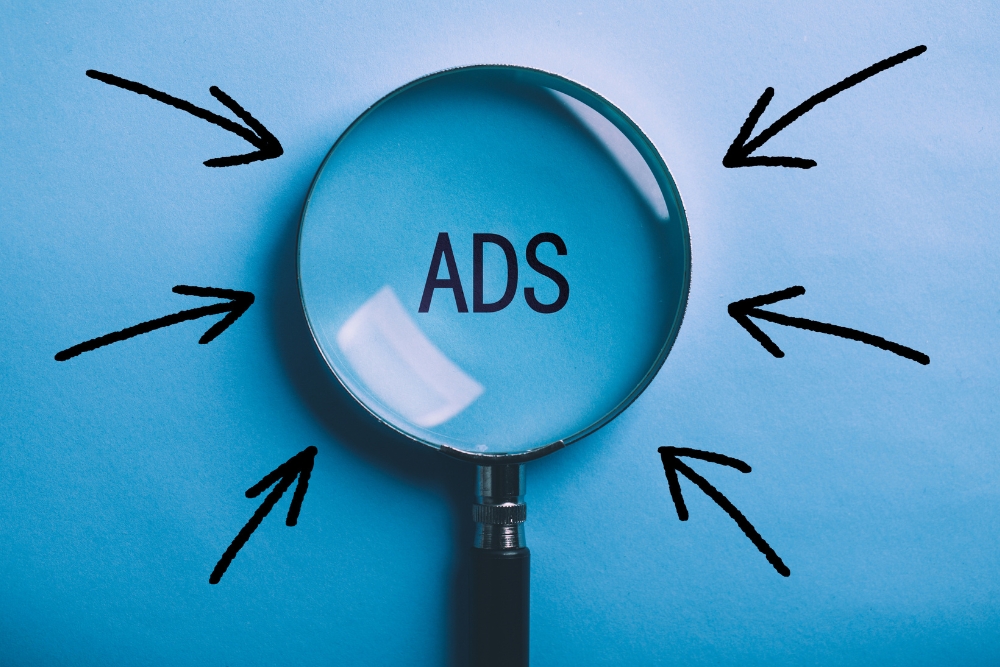Stuck in the online wilderness? Everyone’s yelling for attention these days. That’s where Responsive Search Ads (RSAs) come in, like a megaphone for your business. But are they the golden ticket to success? This guide will break down RSAs in plain English, tell you the good and bad, and help you decide if they’re right for you.
What are responsive search ads (RSAS and how do they work?
Imagine crafting an ad that magically adapts to each search a user makes. That’s the beauty of RSAs. You throw Google Ads a bunch of headlines and descriptions, and their fancy machine learning tech takes over. It tests different combos in real time, showing the most relevant ad to each user based on their search terms. Think of it like having a team of ad-writing ninjas constantly testing and tweaking your message for maximum impact. Pretty cool, right?
So, why use responsive search ads?
Here’s why RSAs might just be the secret weapon your business needs:
- More people see your stuff (and it’s actually relevant!): Forget writing the same ad for everyone. With RSAs, you create a pool of headlines and descriptions. Google then picks the most relevant combo for each search. This means you’re more likely to reach users who are actively looking for what you offer – bingo!
- A/b testing on autopilot: google does the hard work: Say goodbye to endless tweaking and testing! Google’s machine learning constantly analyses how different headline and description combos perform. It then automatically shows the winners, taking the guesswork out of ad writing. This frees you up to focus on other important campaign stuff.
- Less work for you, more time for strategising: Crafting killer ad copy can be time-consuming. RSAs take that burden off your shoulders. You provide the raw materials, and Google’s AI whizzes do the rest. This lets you focus on developing a rock-solid campaign strategy and targeting the right audience. Ultimately, these features unlock the full benefits of Google Ads by making your campaigns more efficient and effective.
But are there any catches with responsive search ads?
While RSAs offer some sweet benefits, they’re not perfect:
- Learning curve for Google’s machine: RSAs work best with data. The more data Google’s machine learning has, the better it can optimise your ad combos. So, it might take some time for your RSAs to truly shine.
- Less control over what shows: You provide the building blocks, but Google ultimately chooses which headlines and descriptions appear in your ad. This might be a concern for businesses with a very specific message, especially when it comes to understanding Google Ads bidding strategies.
When might responsive search ads not be the best choice?
If you fall into one of these categories, RSAs might not be the perfect match:
- Limited budget and need for super control: Tight budgets often mean needing more control over your ad copy. With RSAs, this can be tricky. Additionally, if your value proposition is super specific, you might want more control over the exact message displayed.
- Super niche with a unique selling point: In highly specialised niches, crafting targeted ad copy is crucial. While RSAs can handle some niche targeting, businesses with a truly unique selling proposition might benefit from more control over ad messaging.
How can you decide if responsive search ads are right for you?

Here are some tips to help you decide:
- Think about your goals and budget: Are you aiming for maximum reach or do you need laser focus on your ad copy? Budget limitations might also influence your choice.
- Check out your search term data (if you have it): Having data on user search terms can be helpful. If the search terms are broad, RSAs could be a great fit.
- Test it out!: If your budget allows, consider running RSAs alongside traditional expanded search ads. This lets you compare performance and see which format works best for your specific goals.
Getting started with responsive search ads
Ready to give RSAs a go? Here are some tips:
- Headline and description writing 101: Focus on being clear, relevant, and including strong calls to action (CTAs). Use a mix of headline lengths and highlight what makes you special.
- Keeping an eye on your ads: Track your RSAs’ performance in Google Ads. See which headlines and descriptions perform best and make adjustments as needed. Remember, Google’s machine learning is constantly optimising, so keep an eye on the data.
Final thoughts
So, RSAs? They’re like a bullhorn for reaching cool people who might actually dig your stuff. But hey, no magic marketing bullets here. Think about what you’re trying to achieve and if RSAs fit the bill. This article covered a bunch of stuff to consider, so weigh it all out before you dive in. Basically, our RSAs are your new BFF in ad land? You be the judge!
Ready to take your business to the next level?
You’ve learned about RSAs. Pretty cool, right? Now you’re wondering, should you ditch the pen and let some robots write your ads?
Here at Warren Digital, we’re all about using the latest tech, but we also know there’s no magic bullet. RSAs are awesome for a lot of businesses but don’t stress if you’re unsure. Let our Google Ads professionals help you achieve skyrocketing results.
Our digital marketing team can assist you build a campaign strategy, no matter what you choose – RSAs, regular ads, or a mix. We can even craft headlines that stop people scrolling and get those clicks.
We’ll chat about your goals, who you’re trying to reach, and what you can spend. We’ll help you build a search ad strategy that gets results. Contact us for a free consultation with a Google Ads specialist.




